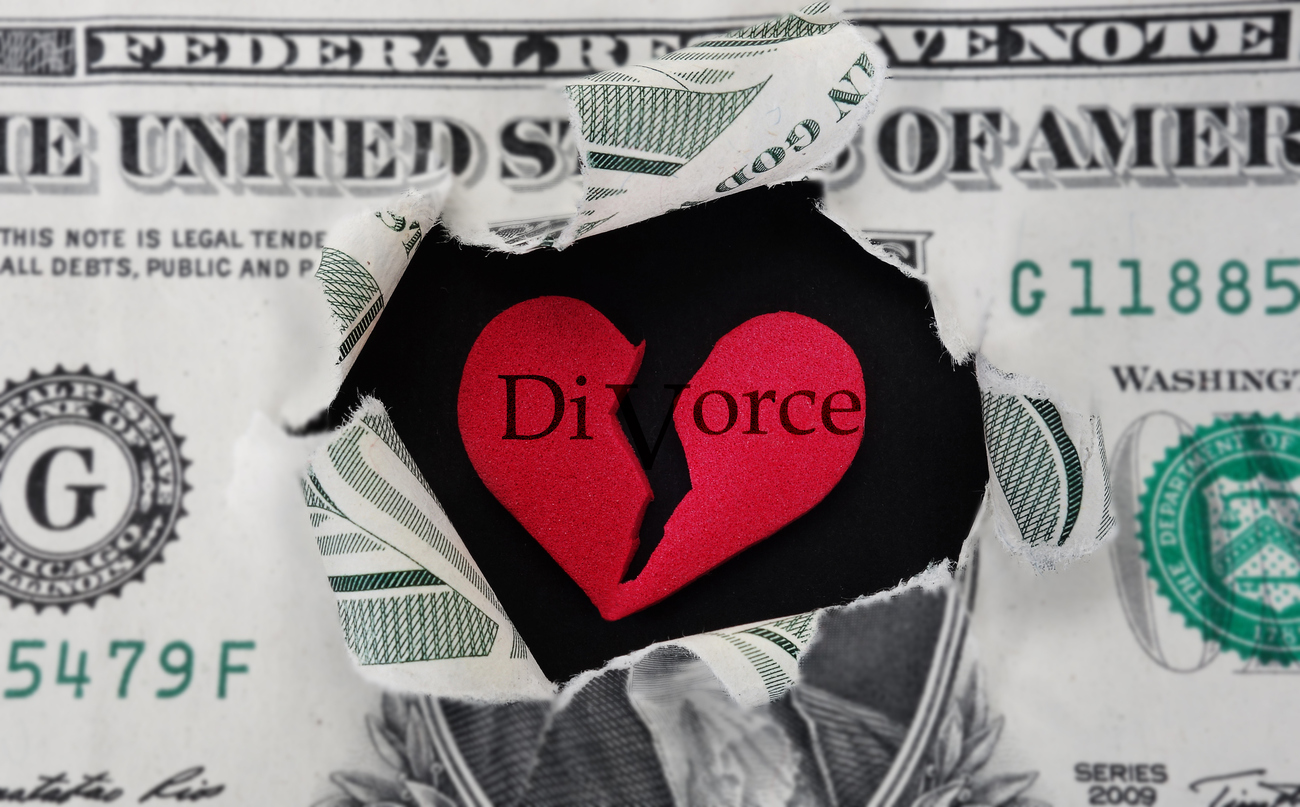The Financial Divorce



While panic may be an understandable reaction to the prospect of divorce, cool and calm collection of information while facing a new financial situation is an effective way to reduce anxiety and prepare for a new living situation. To the extent possible, it is a good idea to become a bookkeeper and become well informed about recurring monthly expenses. Many people simply do not know with great precision where they spend their money or how to budget effectively. To become more aware of spending habits, it is very useful to do something as simple as keeping receipts in an envelope each month for each and every item that is purchased (including coffees at Starbucks!). In this way, an accurate picture can emerge. Similarly, it is important to know sources of income which can typically be determined by reviewing pay stubs, tax returns, or attachments to tax returns such as a W-2 form or 1099 form.
The financial picture is not complete by focusing only on income and expenses. Assets and liabilities, along with access to credit, need to be considered, too. While it is true that some of us keep cash under our mattresses, most people have assets in the form of bank accounts, retirement accounts, significant tangible personal property such as vehicles, and in our homes. Many people have liabilities in the form of credit card debt, mortgages, or other forms of loans – secured or unsecured. Most assets and liabilities can be documented in the form of monthly statements or appraisals or other forms of valuation. Getting a handle on what each spouse owns and owes and how these assets and liabilities are actually titled will help in formulating an appropriate plan to deal with an upcoming divorce. Organizing this information into a readily understandable financial statement is an important task. A basic financial form can be found in the resources section of this website by clicking here.
Collecting financial information is an imperative first step in addressing the financial aspects of divorce, It is important to keep in mind that both spouses need to have access to financial information. A good faith exchange of financial documents between the spouses may be the key to working out a reasonable, comprehensive, and mutually acceptable agreement between the spouses. Mediation is one process for spouses to achieve this result.



